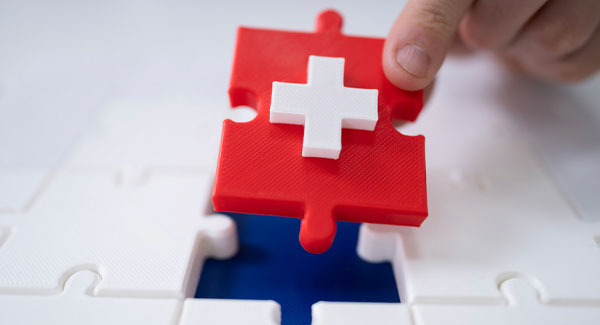Childcare and Coronavirus: What You Should Know
Here’s what you should know about using childcare during the COVID-19 outbreak, especially if you or your child has an inflammatory type of arthritis.
By Robyn Abree
Parents returning to work during the pandemic are facing a new challenge: finding affordable childcare. For parents who have an autoimmune disease or an inflammatory type of arthritis, or who have a child who does, this challenge is compounded by increased concerns about safety and infection risk. If you are being called back to work and rely on the use of childcare, here are some things to help you get started.
Finding Childcare
State regulations about which childcare services have been able to stay open vary, though most states have allowed reopening to a degree. Unfortunately, due to several factors, including revenue loss and staff shortages (many workers need to stay home to care for their own children), many childcare centers have closed their doors for good. The non-profit, Child Care Aware of America, has created an interactive map to help families navigate state laws around childcare services in their area. Childcare.gov has a similar resource, which also includes state-specific information on finding childcare during the outbreak.
Taking Leave Under the Families First Act
Sending your child back to daycare can raise a host of safety concerns, especially if you or your child have a condition that may increases the likelihood of developing infections. The gold standard for protecting yourself, your child and your family is to practice social distancing and keep kids at home, when possible, says David Cennimo, a pediatrician and infectious disease expert at Rutgers University in Newark, N.J. “Every human interaction has some possibility of risk of transmitting infection,” he says. So, if you are able and willing, working from home or taking medical leave may be the best option for you and your family.
For some employees, federal relief packages, such as the Families First Coronavirus Response Act (FFCRA) or the Coronavirus Aid, Relief and Economic Security Act (CARES), extend and broaden family medical leave and unemployment benefits.
The FFCRA, specifically, provides relief for eligible employees who:
- Are under a quarantine or isolation order by a local government or under the advice of your health care provider
- Care for someone in quarantine
- Have COVID-19 symptoms
- Must care for a child as a result of school closings, shelter-in-place mandates or other COVID-19 repercussions (lack of child care).
The key word is eligible. While many employees who work at small or midsize companies and nonprofits will qualify, companies who employ 500 or more employees are not required to provide relief. What’s more, companies with fewer than 50 employees can exempt themselves from providing childcare leave, though employees at these companies are still entitled up to 10 days of paid sick leave.
For more information about eligibility, visit Families First Coronavirus Response Act (FFCRA) or Coronavirus Aid, Relief and Economic Security Act (CARES).
When Leave Is Not an Option
If medical leave is not an option, there are still some things you can do to help protect your family, though no form of childcare will be risk-free.
What it comes down to, Dr. Cennimo says, is your family’s level of risk acceptance and your options, which unfortunately boils down to affordability.
“It’s a numbers game,” says Cennimo. “The more you limit your exposure to larger groups, the more you can decrease your risk.”
A live-in nanny or a babysitter who only works with your family is ideal, but unlikely, he says. Enlisting the help of family members or neighbors is another option. But again, you have to be willing to take on their risk and trust them to practice safety measures in their own lives, he says.
When it comes to daycare, Dr. Cennimo recommends getting information on safety procedures and protocols first, such as:
- How many people are on staff, and what is the ratio of children to childcare providers? Remember, the larger the group, the larger the risk.
- Is staff required to wear masks?
- What are their sick day policies? Are employees expected to report symptoms daily and encouraged to stay home if they feel sick?
- What procedures do they have in place if someone does test positive? “No matter how careful you are, contact is going to happen, “says Dr. Cennimo. Will they notify all families immediately and get contact tracing to figure possible exposure? Test employees? Having these types of protocols in place would affirm that this center has thought things through and isn’t going to get caught surprised, he says.
The CDC has also rolled out guidelines for childcare centers, which includes altering drop-off and pickup procedures, training staff to lessen infection risks, and increasing sanitization efforts among other adjustments. That might mean frequently sanitizing toys, keeping kids in the same small groups with the same teacher every day, and staggering what times parents arrive to reduce numbers of contacts among families.
Before sending your child to daycare or entrusting a babysitter, it’s a good idea to talk to your doctor or your child’s doctor discuss your family’s risk acceptance and ways to stay healthy. For even more tips on how to healthy and protected, visit our Care and Connect page.

Stay in the Know. Live in the Yes.
Get involved with the arthritis community. Tell us a little about yourself and, based on your interests, you’ll receive emails packed with the latest information and resources to live your best life and connect with others.



